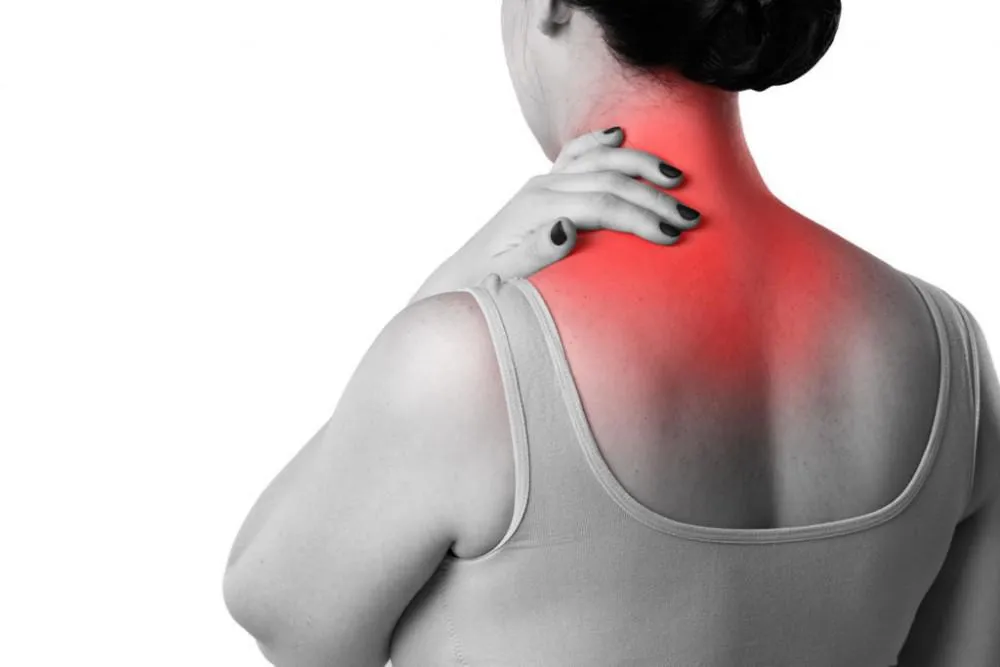Achilles Tendinitis: Symptoms, Causes, Prevention
Achilles tendinitis is a prevalent overuse injury that impacts the Achilles tendon—a critical band of tissue that connects the calf muscles to the heel bone.
Oct. 16, 2023, 6 min read, Articles
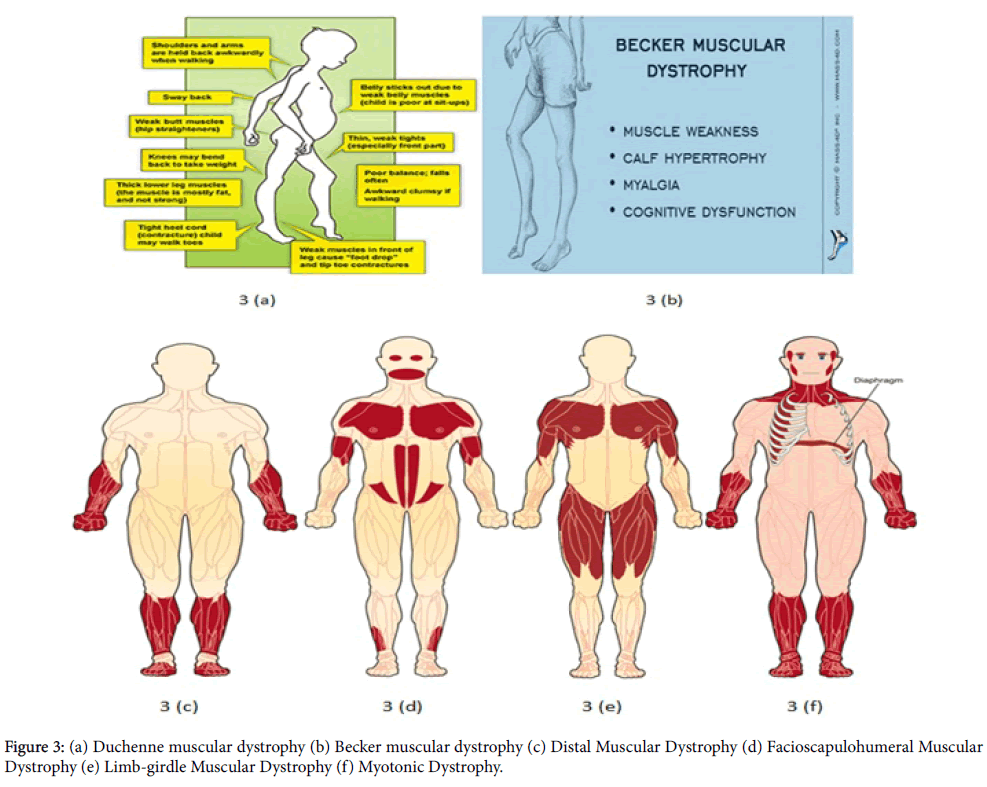 Introduction
IntroductionMuscular dystrophy is a group of genetic disorders characterized by progressive muscle degeneration and weakness. The condition stems from mutations in the genes responsible for the production of specific muscle proteins, leading to the gradual deterioration of muscle mass and function over time. While various types of muscular dystrophy exist, the most common forms typically manifest during childhood, predominantly in boys. However, certain variations might not become evident until adulthood.
The primary indicator of muscular dystrophy is the gradual weakening of muscles. Different signs and symptoms arise at varying ages and in diverse muscle groups, depending on the specific type of muscular dystrophy.
Duchenne Type Muscular Dystrophy:
Becker Muscular Dystrophy:
Muscular dystrophy originates from genetic mutations that impair the production of essential muscle proteins, resulting in the degeneration and weakening of muscle tissues. These mutations can be inherited or arise spontaneously, contributing to the development of specific forms of the disease. Understanding the underlying genetic mechanisms responsible for each type of muscular dystrophy is crucial for accurate diagnosis and targeted treatment approaches.
Duchenne Type Muscular Dystrophy:
Duchenne muscular dystrophy is the most prevalent form of the condition, primarily affecting boys. This type typically manifests in early childhood and is characterized by progressive muscle weakness and wasting, leading to difficulties with mobility and motor functions. Common symptoms include frequent falls, trouble rising from a sitting or lying position, a waddling gait, and enlarged calf muscles. As the disease advances, it can also result in learning disabilities and delayed growth, significantly impacting the overall quality of life for affected individuals.
Becker Muscular Dystrophy:
Becker muscular dystrophy shares similarities with Duchenne muscular dystrophy, although the progression is generally slower and the symptoms milder. This type of muscular dystrophy often presents in the teenage years or even in adulthood, with manifestations such as muscle weakness, difficulties with movement, and potential complications related to mobility and muscle function. While it bears resemblance to Duchenne muscular dystrophy, the milder progression often allows for a more extended period of preserved mobility and functionality.
Myotonic Dystrophy:
Myotonic dystrophy is characterized by the inability of muscles to relax following contractions. This type typically affects facial and neck muscles initially, resulting in distinct physical features such as a long, thin face, drooping eyelids, and a swan-like neck. Apart from the facial and neck muscles, myotonic dystrophy can also involve other muscle groups, leading to a range of symptoms including muscle weakness, myotonia (prolonged muscle contractions), and potential complications affecting mobility and muscle function.
Facioscapulohumeral Muscular Dystrophy (FSHD):
Facioscapulohumeral muscular dystrophy primarily affects the face, shoulder, and hip muscles, often leading to the appearance of winged shoulder blades when the arms are raised. Onset can occur during the teenage years or later in life, presenting with symptoms such as muscle weakness, difficulties with movement, and progressive impairment of mobility. The variable age of onset and differing patterns of muscle involvement contribute to the diverse clinical presentation and progression of FSHD.
Congenital Muscular Dystrophy:
Congenital muscular dystrophy manifests early in life, either at birth or before the age of two, and can result in a range of outcomes depending on the specific form of the condition. Some variations progress gradually, leading to mild disabilities, while others can rapidly cause severe impairments. The symptoms may include muscle weakness, developmental delays, joint deformities, and potential complications related to mobility and motor functions, necessitating comprehensive management and support from an early age.
Limb-Girdle Muscular Dystrophy:
Limb-girdle muscular dystrophy affects the muscles around the hips and shoulders, resulting in difficulties with lifting the front part of the foot and frequent tripping. The onset of this type of muscular dystrophy typically occurs during childhood or the teenage years, leading to progressive muscle weakness, mobility challenges, and potential complications related to muscle function and overall physical activity. The diverse subtypes of limb-girdle muscular dystrophy contribute to the variability in the presentation and progression of the condition, necessitating tailored treatment approaches and comprehensive support for affected individuals.
At York Rehab Clinic, our comprehensive range of services is tailored to effectively address the management of muscular dystrophy. With a focus on providing holistic and personalized care, our clinic combines various treatment modalities to support individuals with muscular dystrophy in their journey toward improved mobility and enhanced quality of life.
Physiotherapy and Osteopathy: These services play a pivotal role in maintaining muscle strength, flexibility, and overall physical function. Through targeted exercises, manual therapy, and specialized techniques, our experienced physiotherapists and osteopaths work closely with patients to enhance muscle tone, improve joint mobility, and alleviate discomfort associated with muscular dystrophy.
Shockwave Therapy: This innovative treatment option offered at York Rehab Clinic aids in promoting tissue regeneration and reducing pain through the application of focused shockwave energy. By stimulating the body's natural healing mechanisms, shockwave therapy can effectively address muscle soreness and improve overall muscle function in individuals with muscular dystrophy.
Knee and Spinal Decompression Therapy: Our clinic provides specialized decompression therapies, including knee and spinal decompression, to alleviate pressure on affected joints and spinal structures. By creating a controlled and gentle traction force, these therapies contribute to relieving pain and improving mobility, particularly in areas commonly affected by muscular dystrophy.
Acupuncture: As an integral component of our treatment approach, acupuncture serves as a valuable complementary therapy in managing muscular dystrophy. By targeting specific acupoints, this technique can help reduce muscle tension, alleviate pain, and enhance overall well-being, promoting a comprehensive approach to managing the symptoms associated with the condition.
PRP (Platelet-Rich Plasma) Therapy: At York Rehab Clinic, PRP therapy is utilized as an innovative regenerative treatment option to support muscle repair and enhance tissue healing. By harnessing the body's natural healing properties, PRP therapy can aid in promoting muscle regeneration and mitigating the effects of muscular dystrophy, fostering improved muscle function and overall mobility.
With a focus on delivering patient-centered care and utilizing the latest advancements in rehabilitation and therapy, York Rehab Clinic is dedicated to providing comprehensive and personalized treatment solutions that cater to the unique needs of individuals affected by muscular dystrophy.
Achilles tendinitis is a prevalent overuse injury that impacts the Achilles tendon—a critical band of tissue that connects the calf muscles to the heel bone.
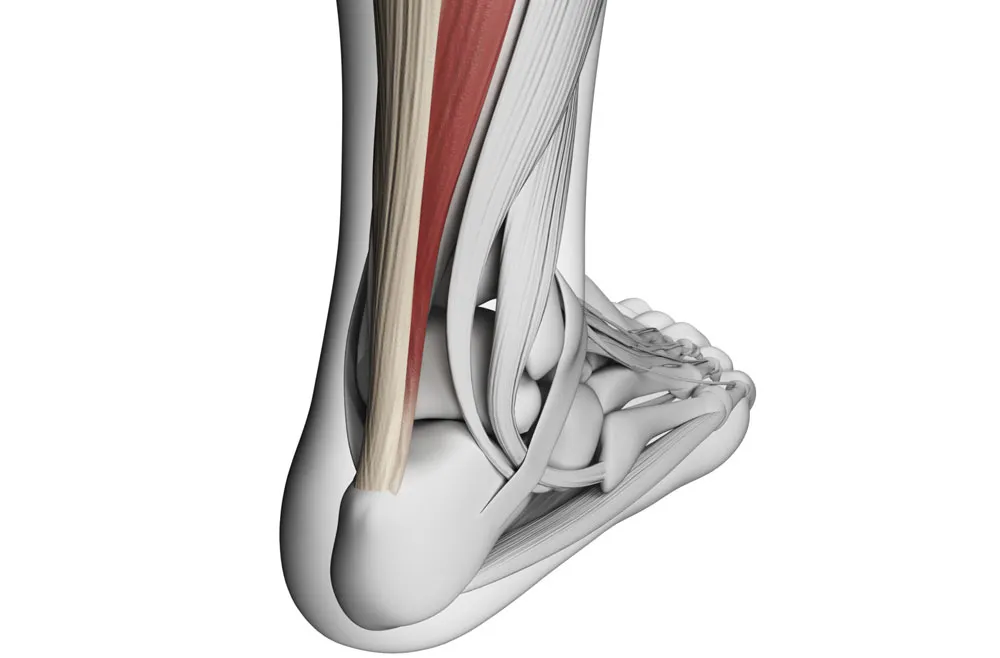
Back pain is a prevalent and often debilitating condition that can affect individuals of all ages and walks of life.
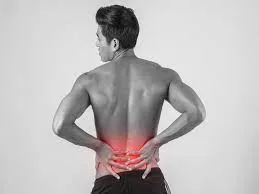
Arthritis is a common and often painful condition that affects millions of individuals worldwide. It's not a single disease but rather a group of more than 100 different types of joint-related conditions.
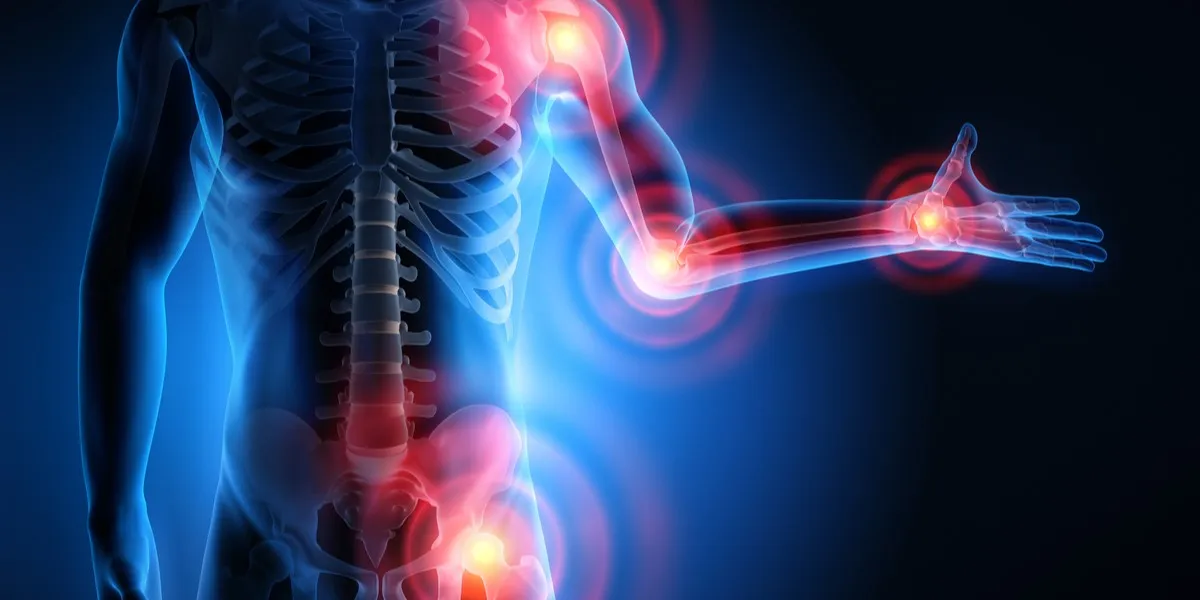
Ankle injuries are prevalent in the world of sports and can be a significant setback for athletes.
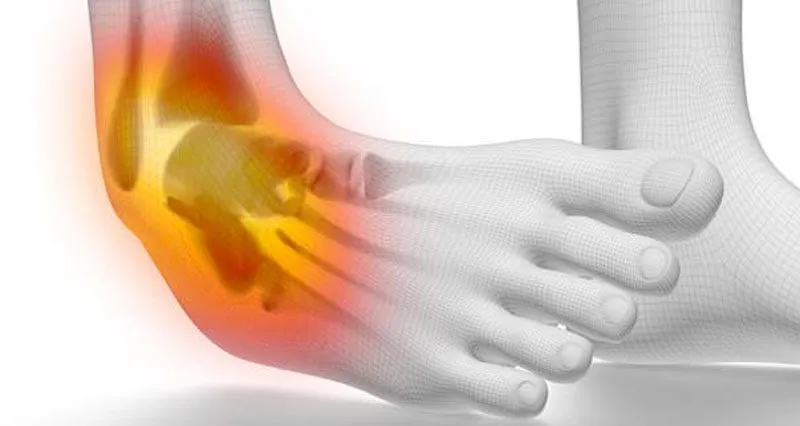
Amyotrophic Lateral Sclerosis (ALS), often referred to as Lou Gehrig's disease, is a progressive neurodegenerative disorder that affects nerve cells in the brain and spinal cord.
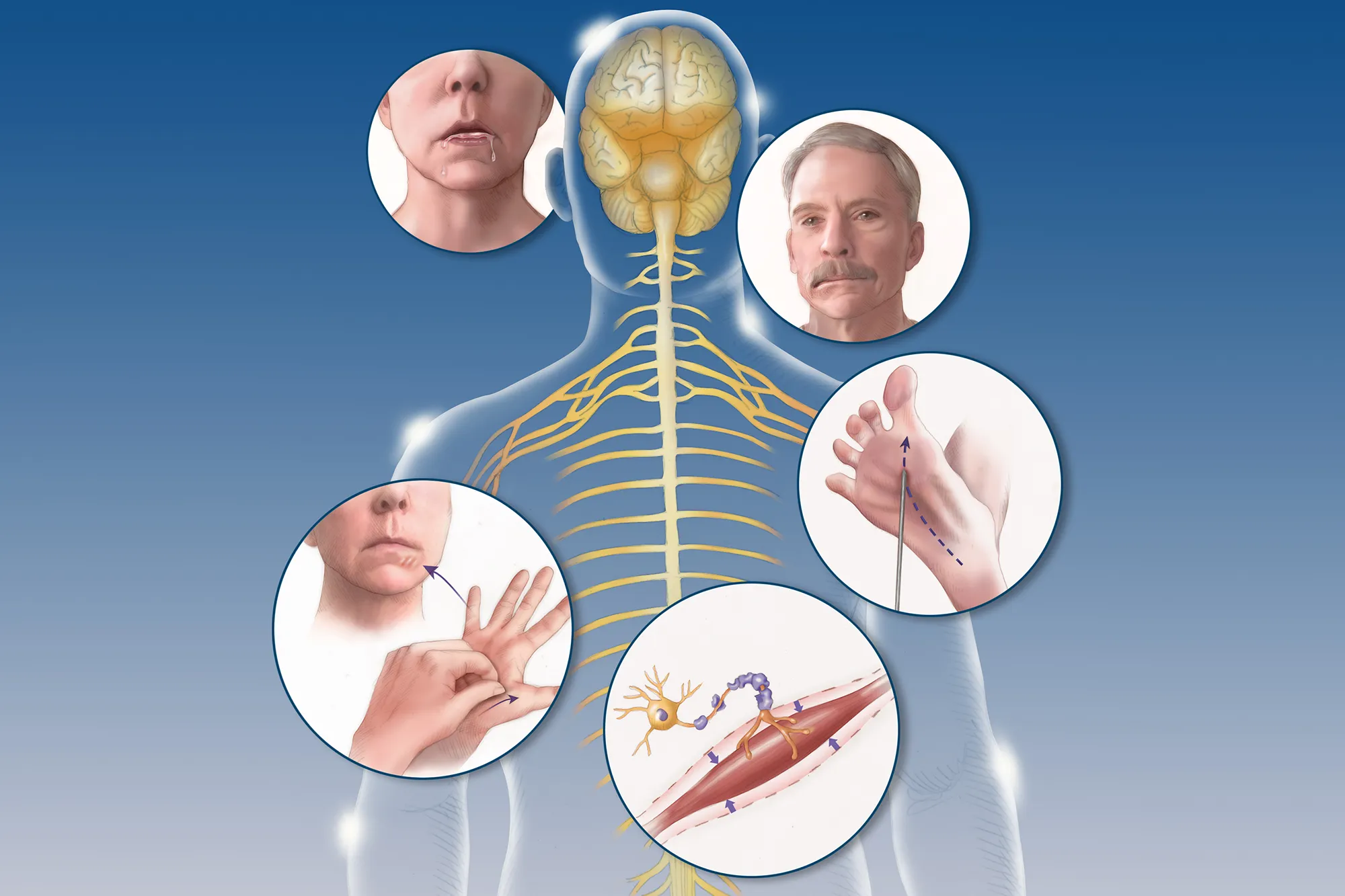
Degenerative Disc Disease (DDD) is a common condition that affects the intervertebral discs in the spine.
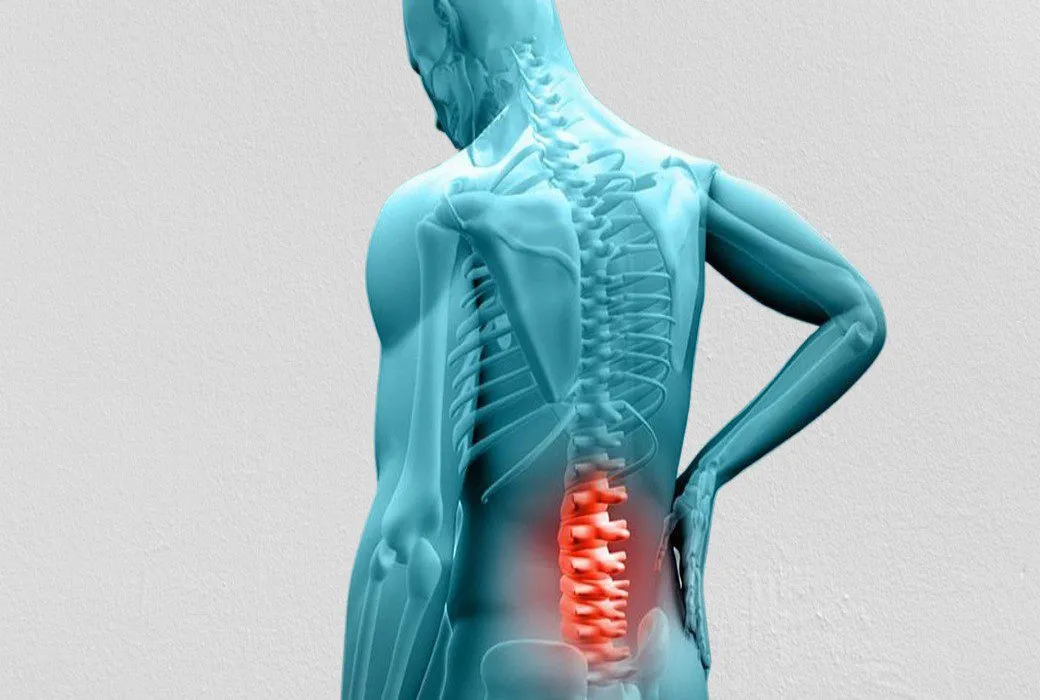
Myalgic Encephalomyelitis/Chronic Fatigue Syndrome (ME/CFS) is a perplexing and debilitating condition that impacts individuals, often altering their daily lives and challenging conventional understanding.
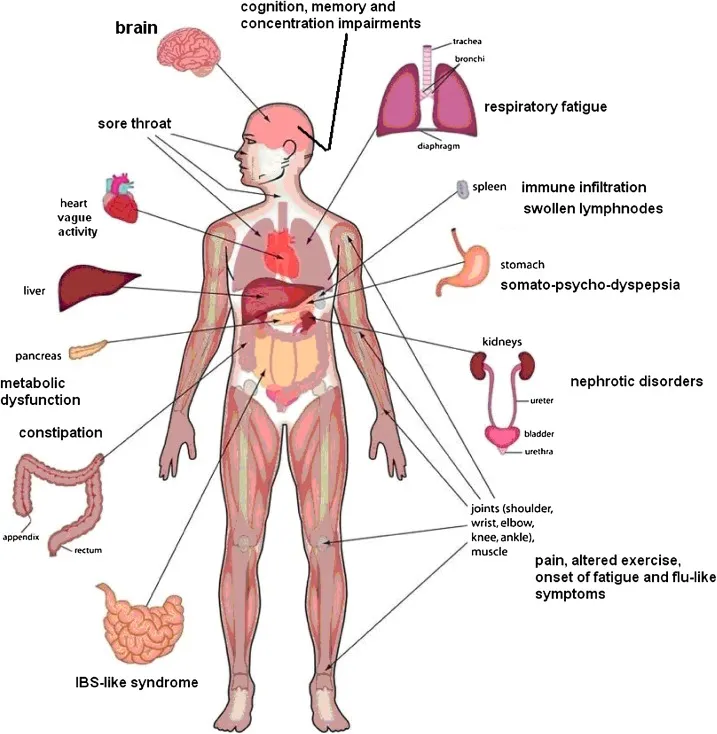
Fibromyalgia stands as a complex and often misunderstood condition characterized by widespread musculoskeletal pain, fatigue, and sleep disturbances
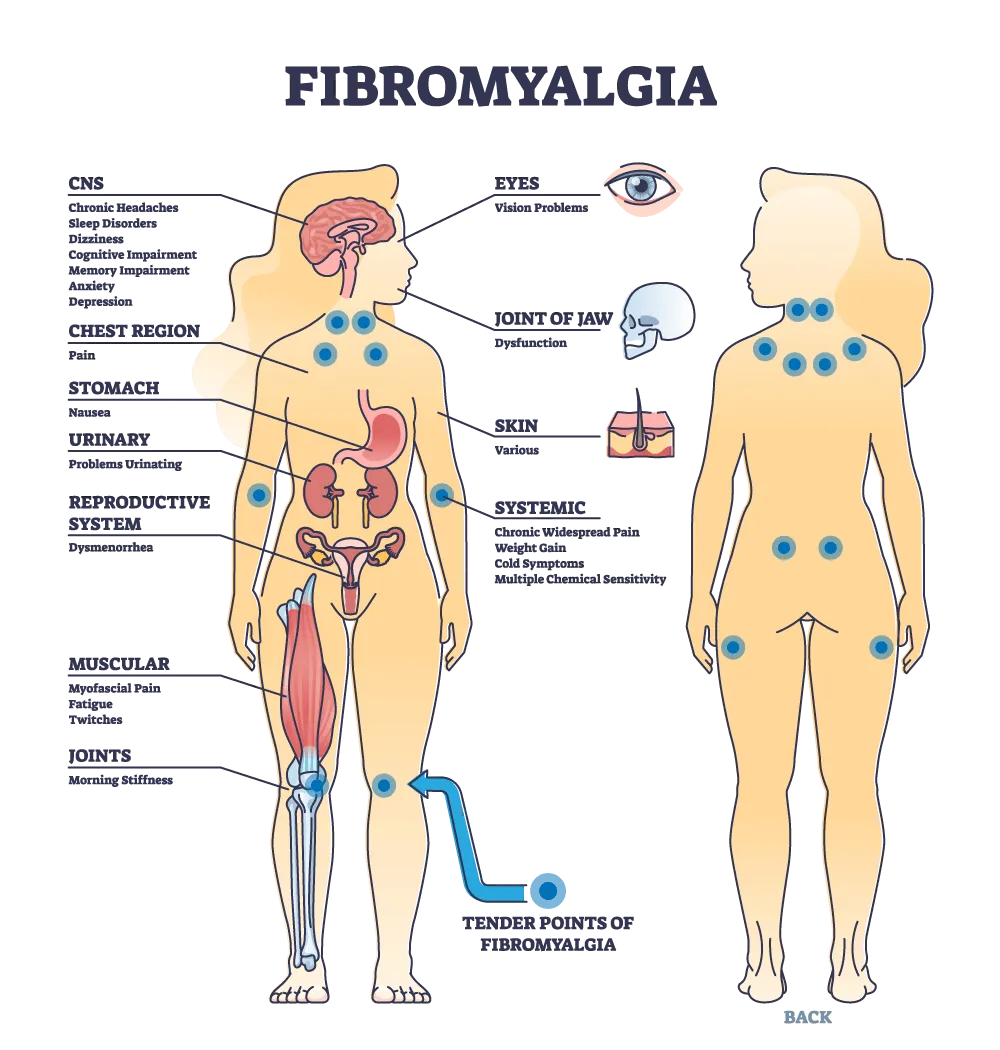
Bunions, medically referred to as "hallux valgus," are a common and often painful foot deformity that affects the joint at the base of the big toe.
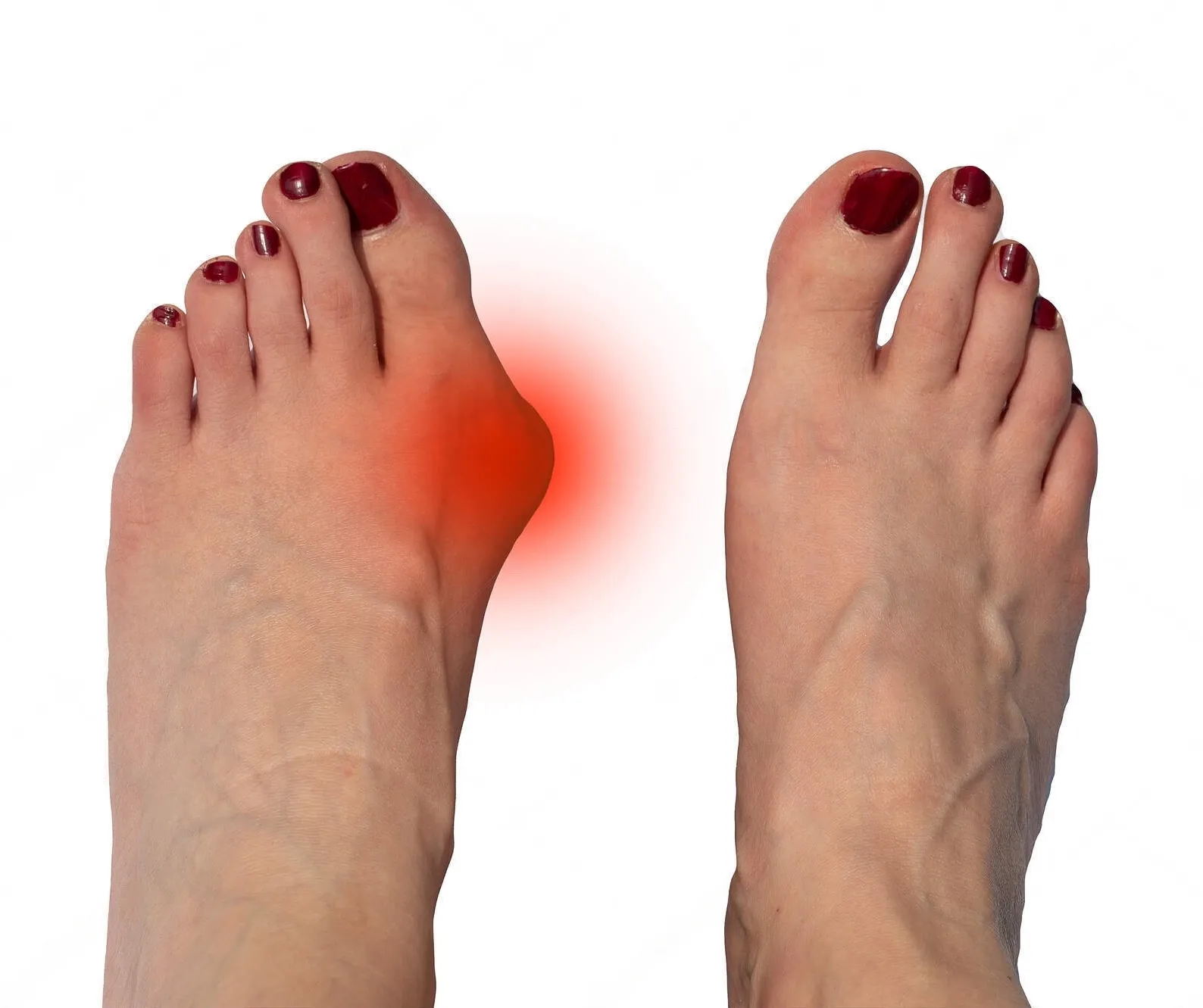
Herniated disc symptoms can be debilitating, causing pain, numbness, and mobility limitations.
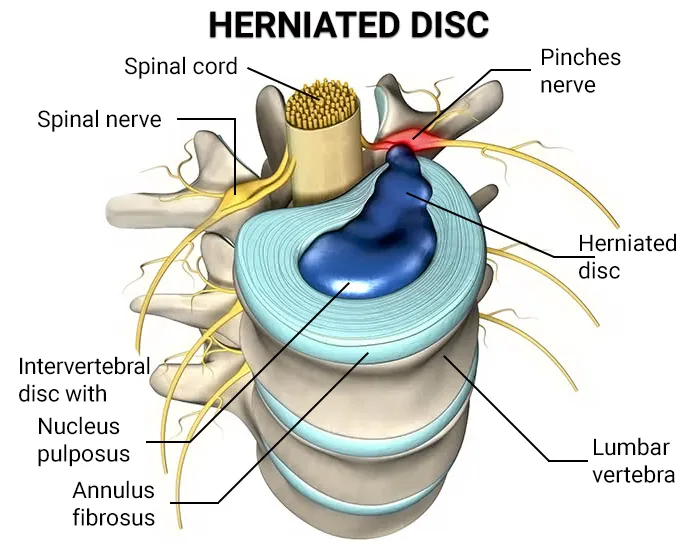
A heel spur is a bony growth that pokes out below your back heel bone inside of your foot. Heel spurs happen when stress and strain damages your foot ligaments.
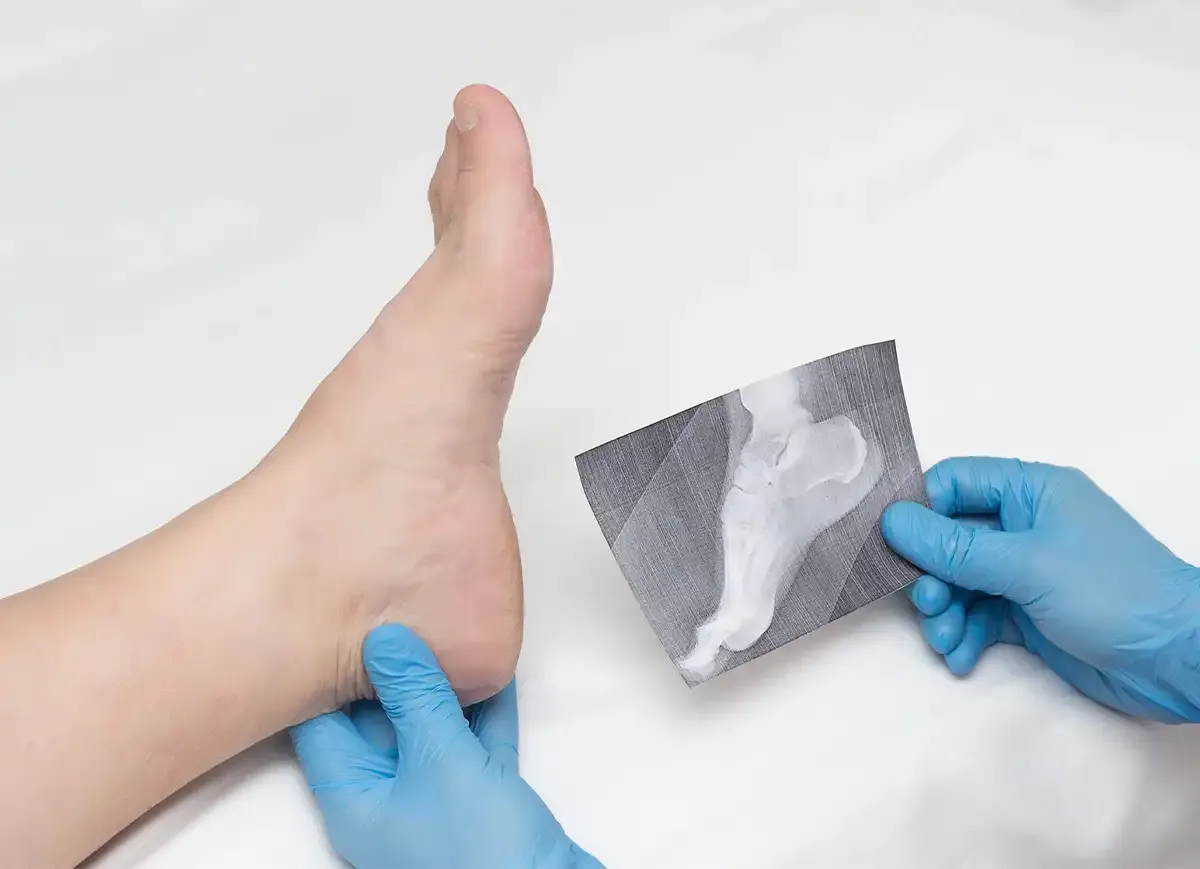
Knee pain is a widespread issue that can significantly impact a person's mobility and quality of life.Knee pain is a widespread issue that can significantly impact a person's mobility and quality of life.
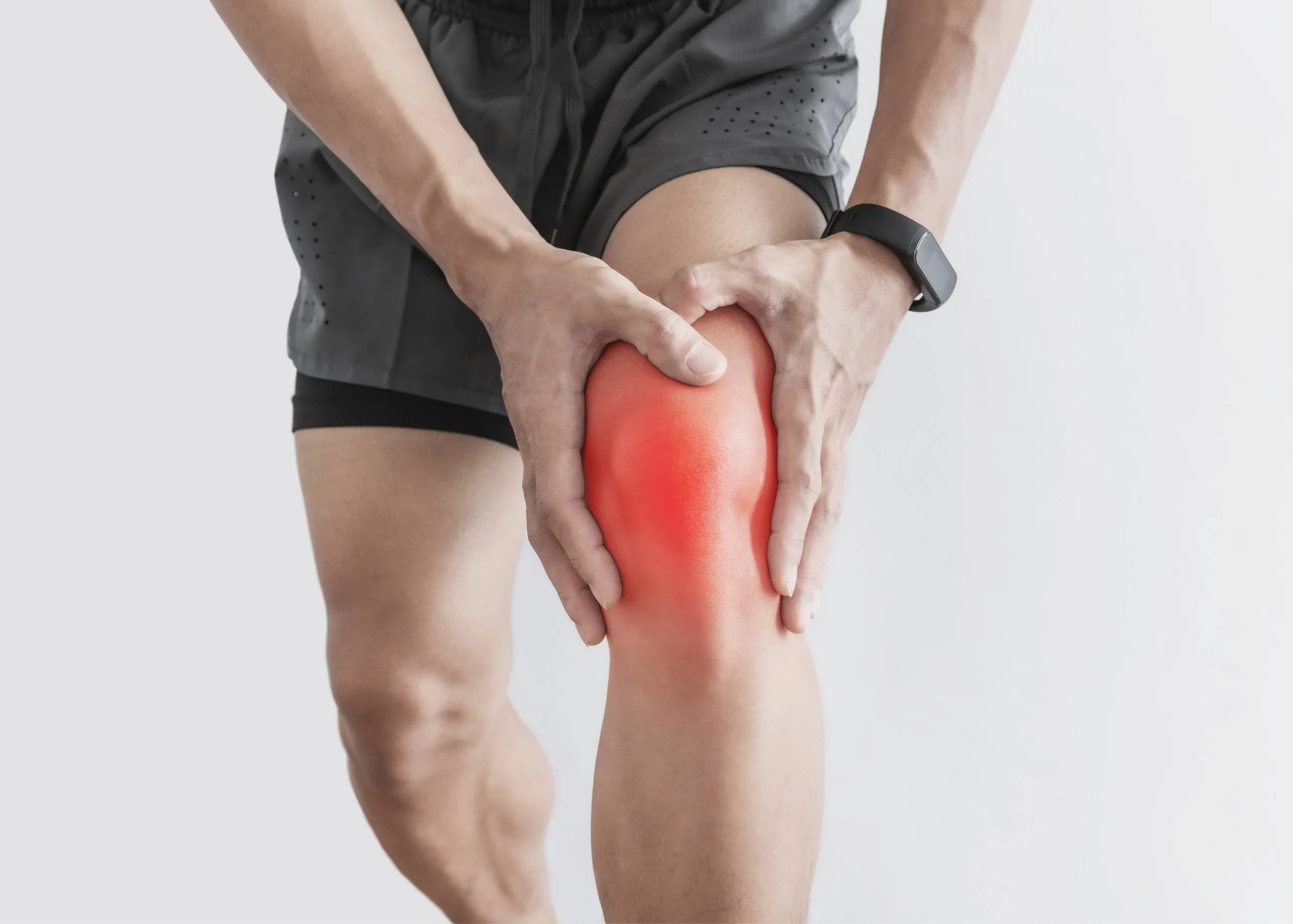
Heel pain can be a nagging and uncomfortable issue that affects many people. In this article, we will explore the various causes of heel pain, common symptoms associated with it, and the available treatments that can help you find relief and get back to your active lifestyle.
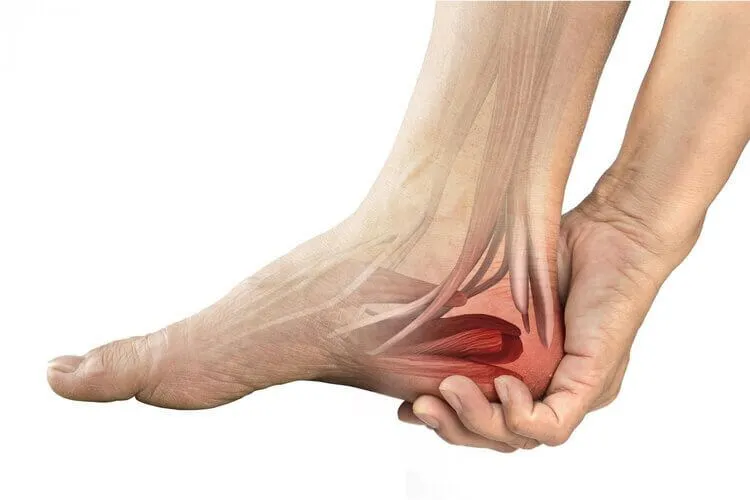
Military Neck, also referred to as Cervical Kyphosis, is a condition that affects the natural curvature of the cervical spine, resulting in the loss of its typical curve.
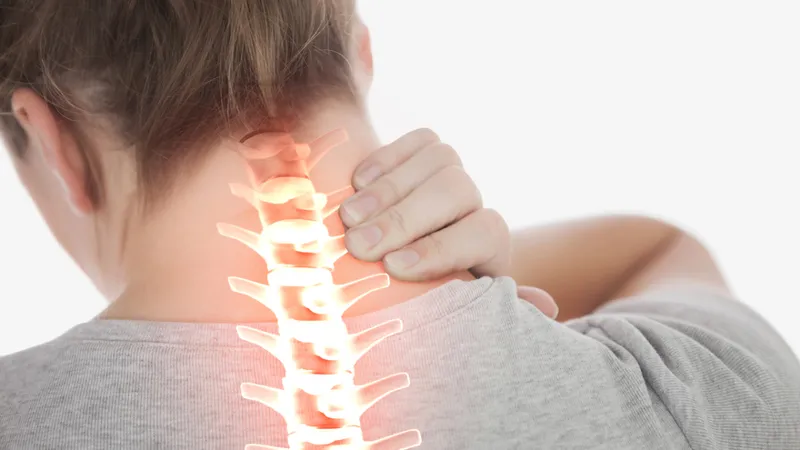
Migraines and headaches are prevalent neurological disorders that affect a significant portion of the population.

Lymphedema is a chronic condition characterized by the accumulation of lymphatic fluid, leading to persistent swelling, typically in the arms or legs.
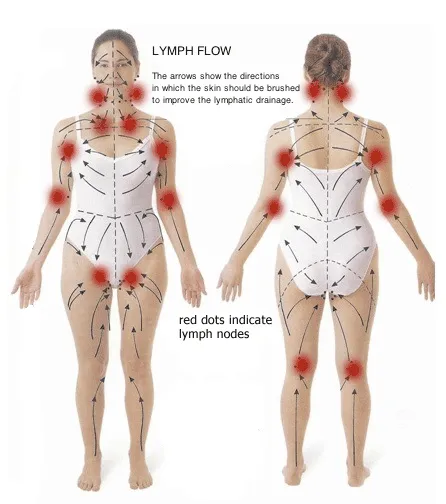
Plantar fasciitis is a common and often painful foot condition that affects millions of people worldwide.
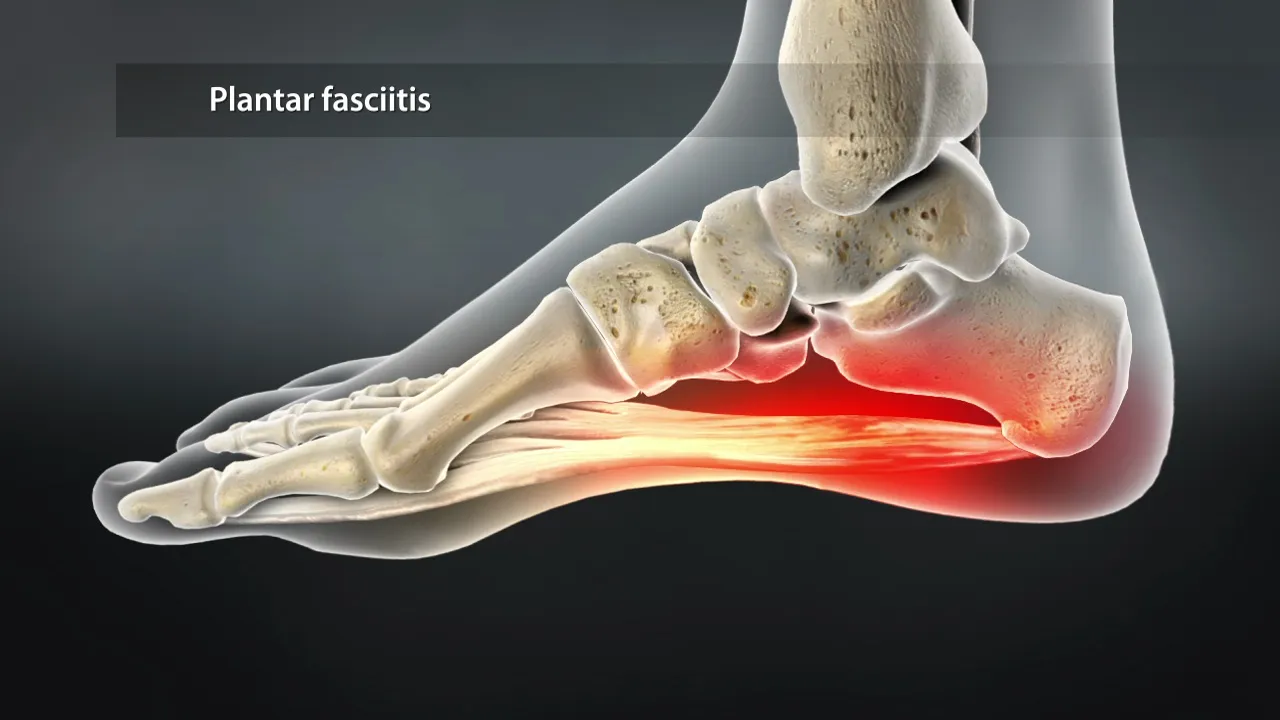
Piriformis syndrome is a perplexing condition, often overshadowed by more common sources of hip and lower back pain.
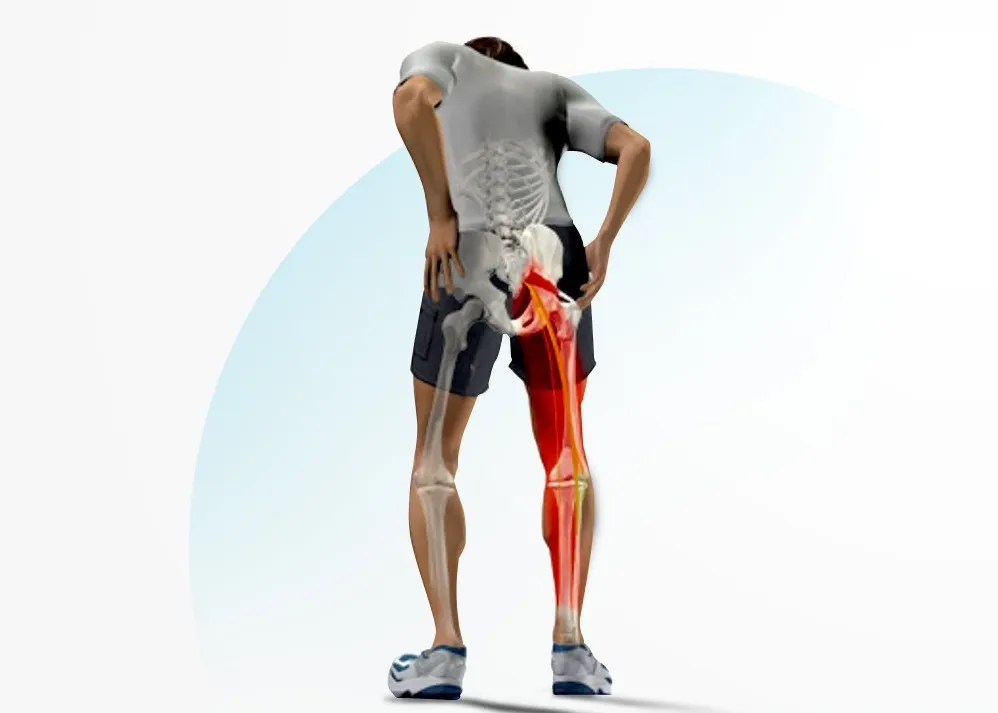
motor vehicle accidents (MVA) can result in a wide range of injuries, from minor bruises to severe trauma. in the aftermath of such incidents, seeking prompt medical attention is crucial for assessing and addressing any injuries sustained.

Sarcopenia is the gradual loss of muscle mass that can affect people in their 30s and beyond. WebMD explains its symptoms, causes, diagnosis, and treatments.
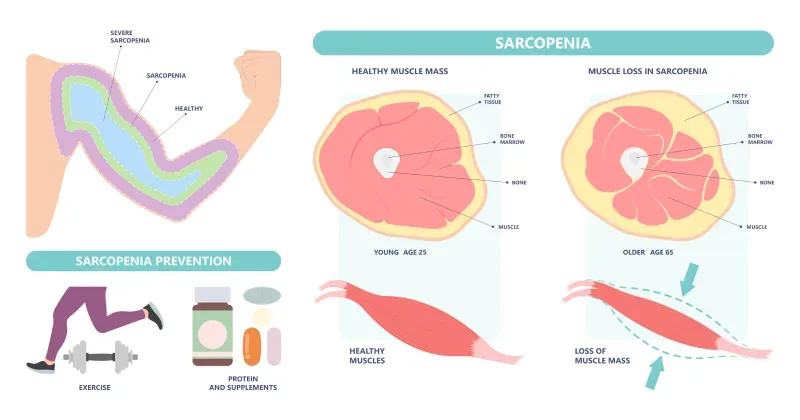
Spinal stenosis, a prevalent spinal condition, is characterized by the narrowing of the spinal canal, leading to discomfort and neurological symptoms.

The sacroiliac joint, a crucial junction between the sacrum and the ilium bones in the pelvis, plays a pivotal role in supporting the weight of the upper body.
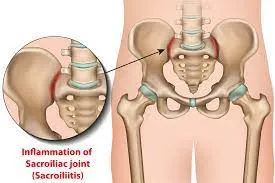
A rotator cuff injury can be a painful and limiting condition, impacting the functionality of the shoulder.
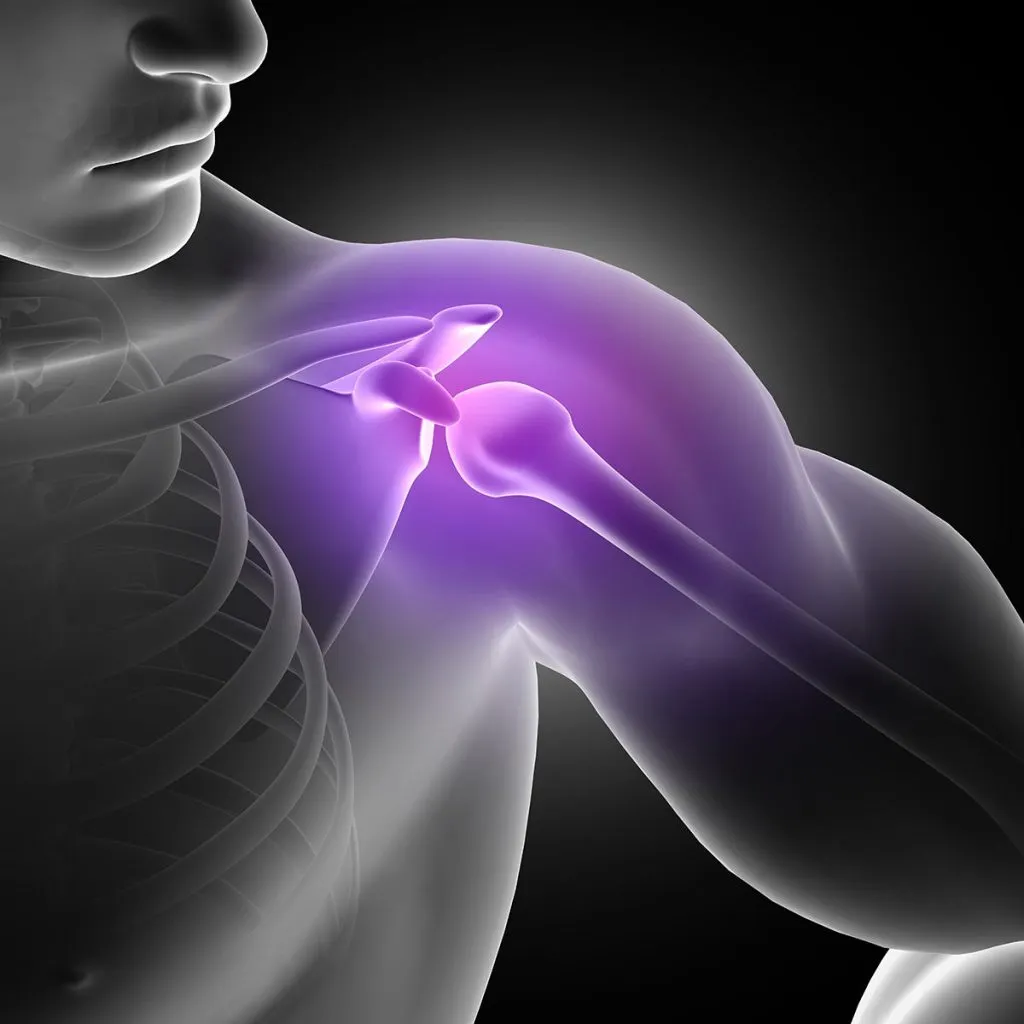
Suffering from lower back pain from sitting? It could be from poor ergonomics in your workplace. Learn more with these tips for how to alleviate pain from sitting.

Sciatica is a painful and often debilitating condition that affects numerous individuals worldwide.
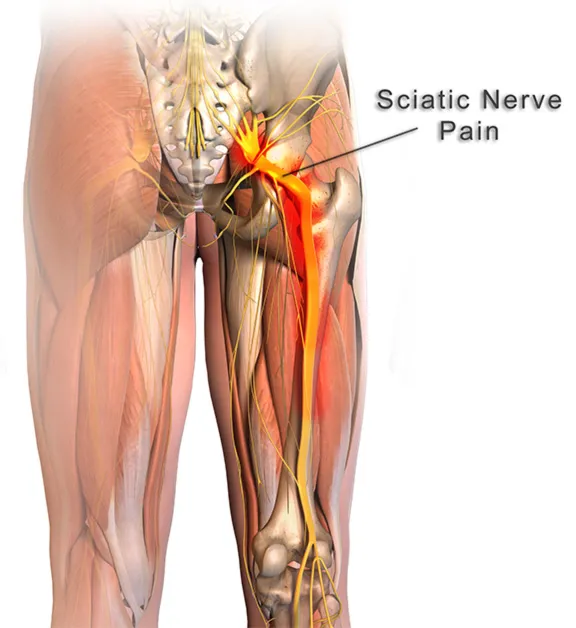
Gluteal tendinopathy is a condition that affects the tendons in the gluteal region, leading to pain and restricted mobility.
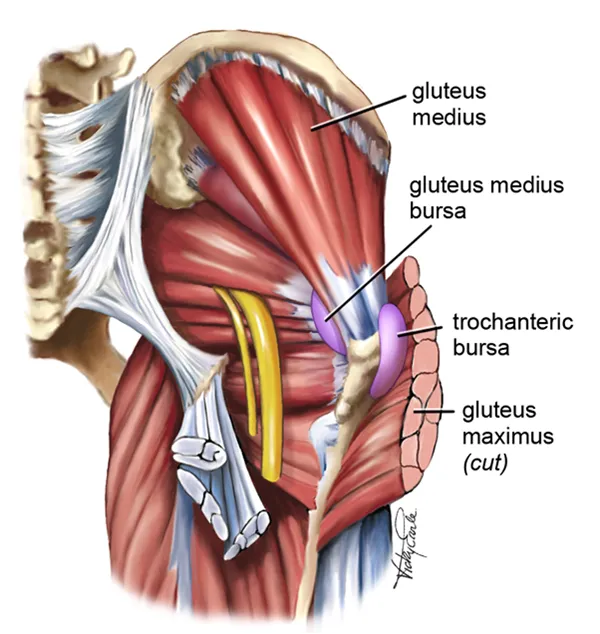
Tennis Elbow, also known as Lateral Epicondylitis, is a painful condition that affects the tendons in the forearm, causing discomfort and limited mobility in the elbow and wrist.

The temporomandibular joint (TMJ) serves as a pivotal mechanism, allowing us to perform everyday activities such as speaking, chewing, and yawning with ease. However, when this complex joint encounters issues, it can lead to Temporomandibular Joint Syndrome (TMJ syndrome).
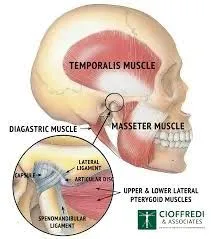
Tarsal Tunnel Syndrome (TTS) is a common and often painful condition affecting the tarsal tunnel—a narrow passage in the ankle.
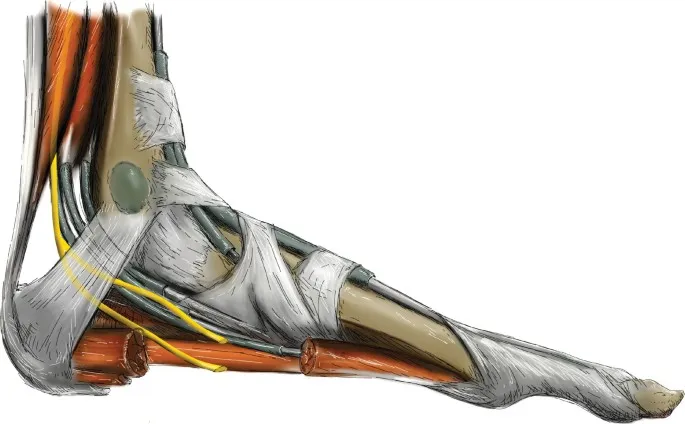
Explore the impact of time-restricted eating on heart health. Learn about the connection between diet and cardiovascular risk.
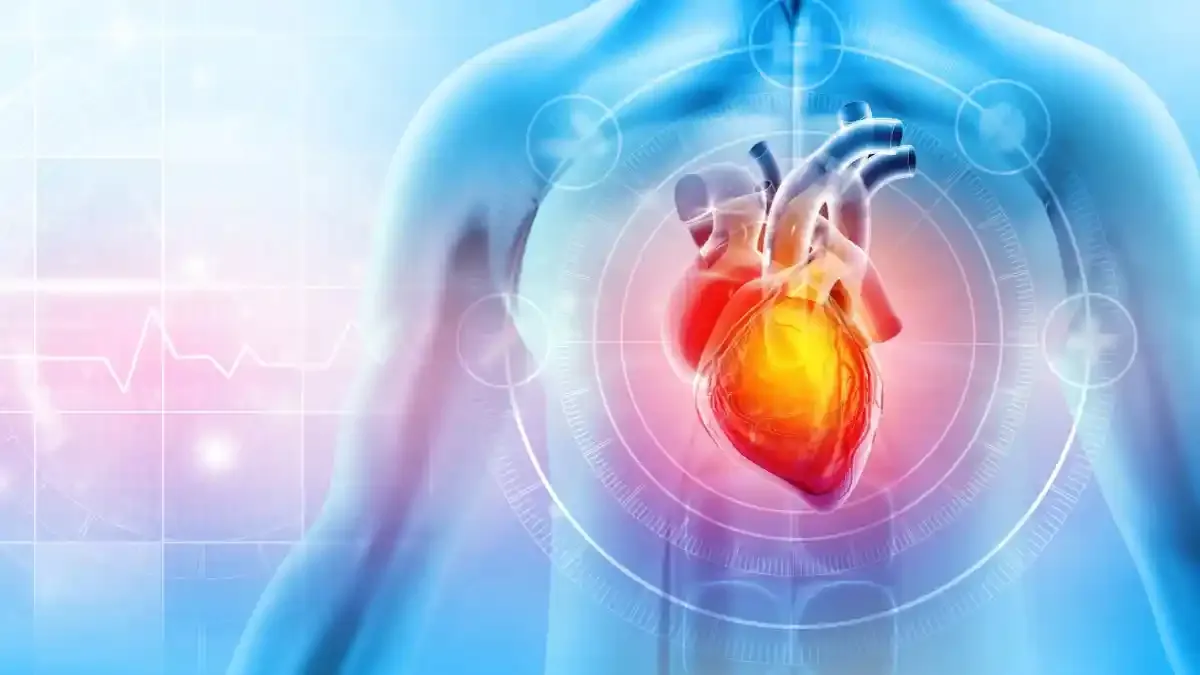
Most cases of foot or ankle pain are short term and are caused by soft tissue injuries, such as sprains or strains. You can usually ease the pain yourself But see York Rehab Clinic if the pain does not improve.
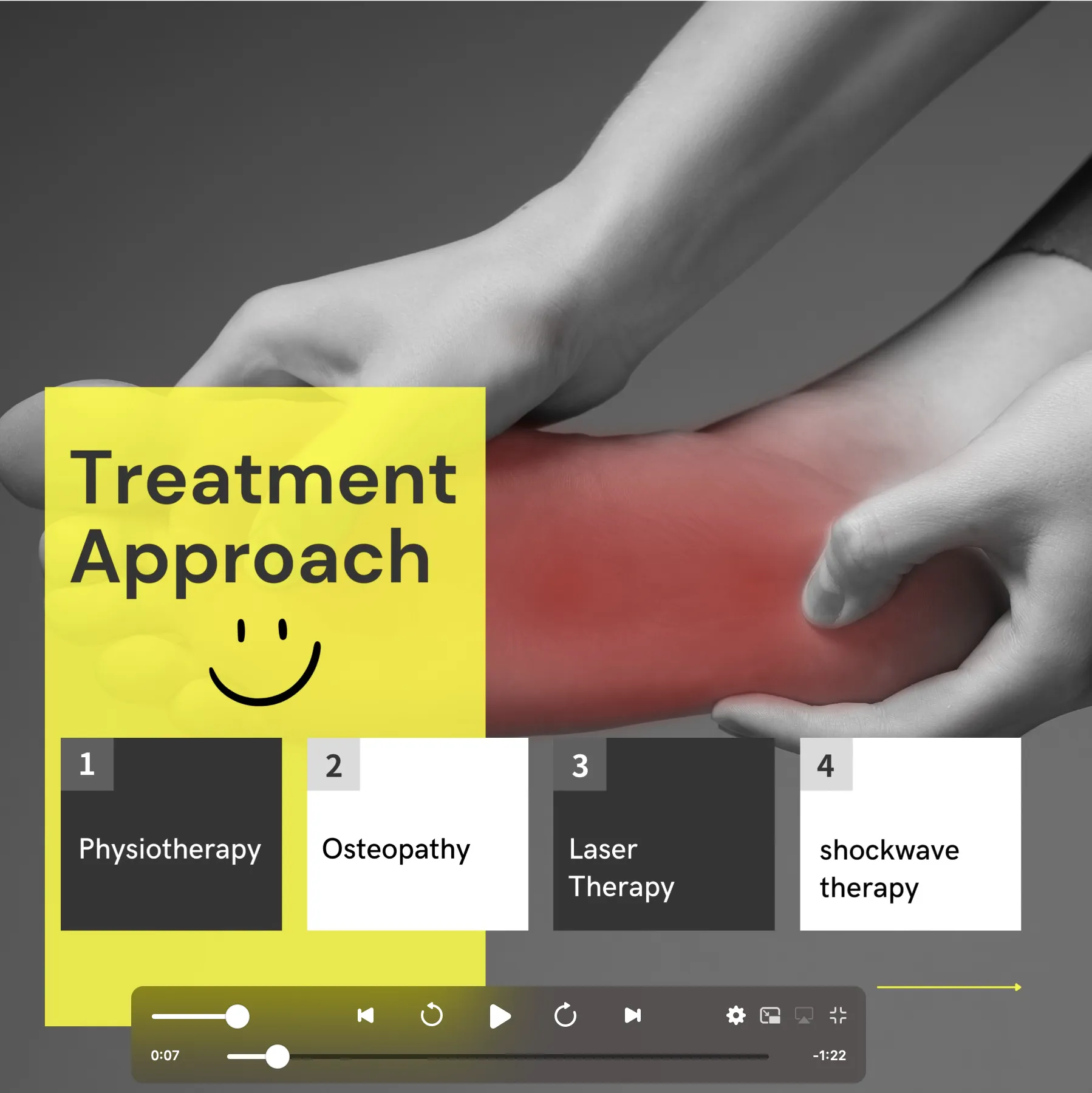
Bow legs is a genetic condition where the knees bow outward when standing. Learn its symptoms and causes at York Rehab Clinic.
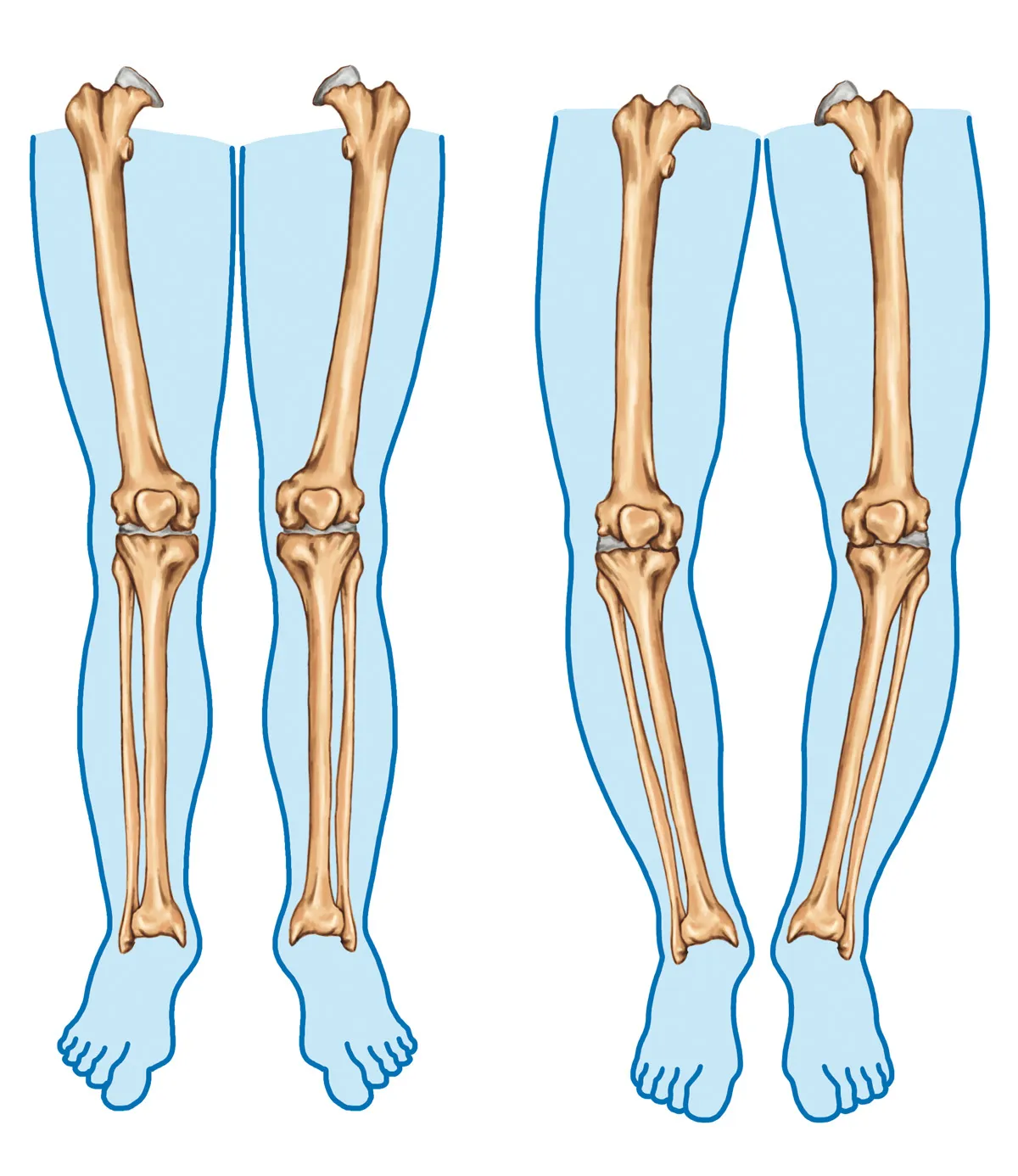
This article explores the complexities of Parkinson’s Disease and sheds light on the therapeutic benefits offered by osteopathy and physiotherapy.
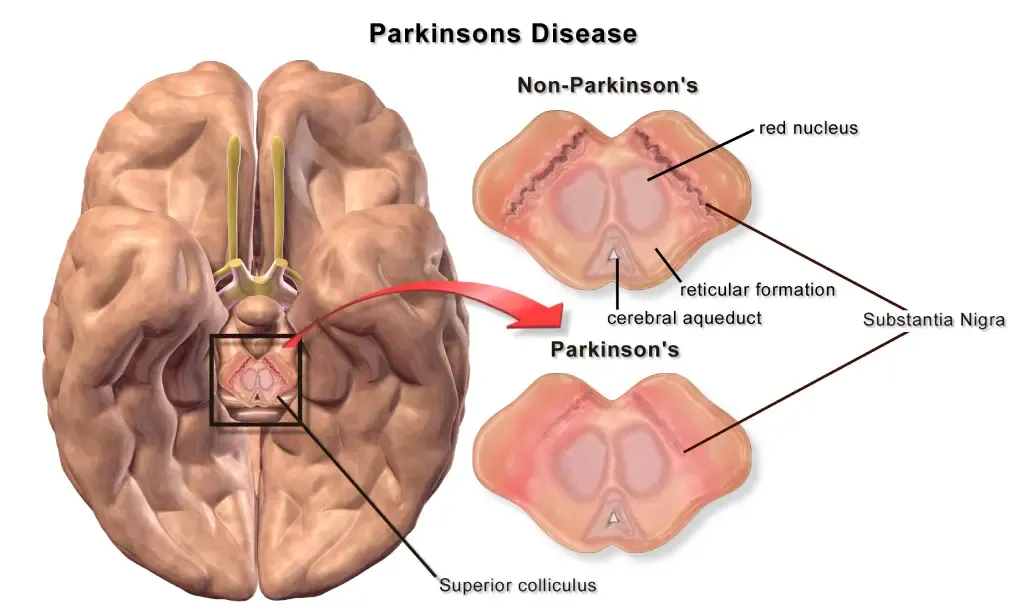
Cervical spondylosis, a prevalent condition, unfolds as a result of wear and tear on the spinal discs in the neck.
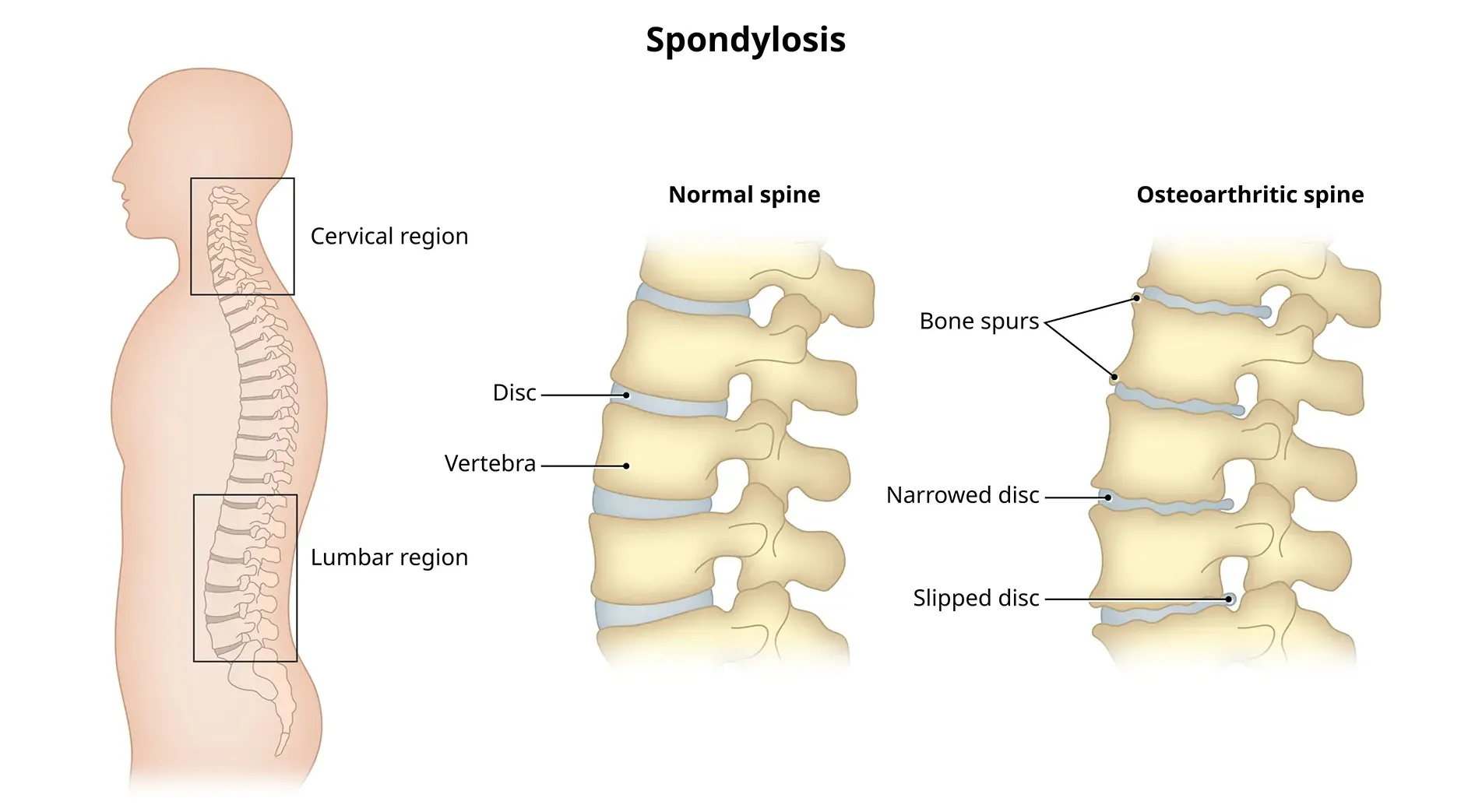
A dowager’s hump, a curve at the base of your neck, can cause extreme fatigue, back pain and headaches.
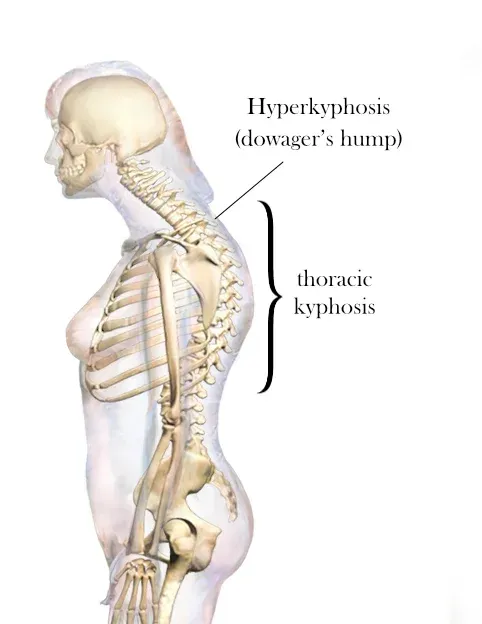
Flat feet cause pain, muscle strain, and fatigue. Treatments can ease discomfort. Symptoms include ankle pain, muscle fatigue and changes in walking.
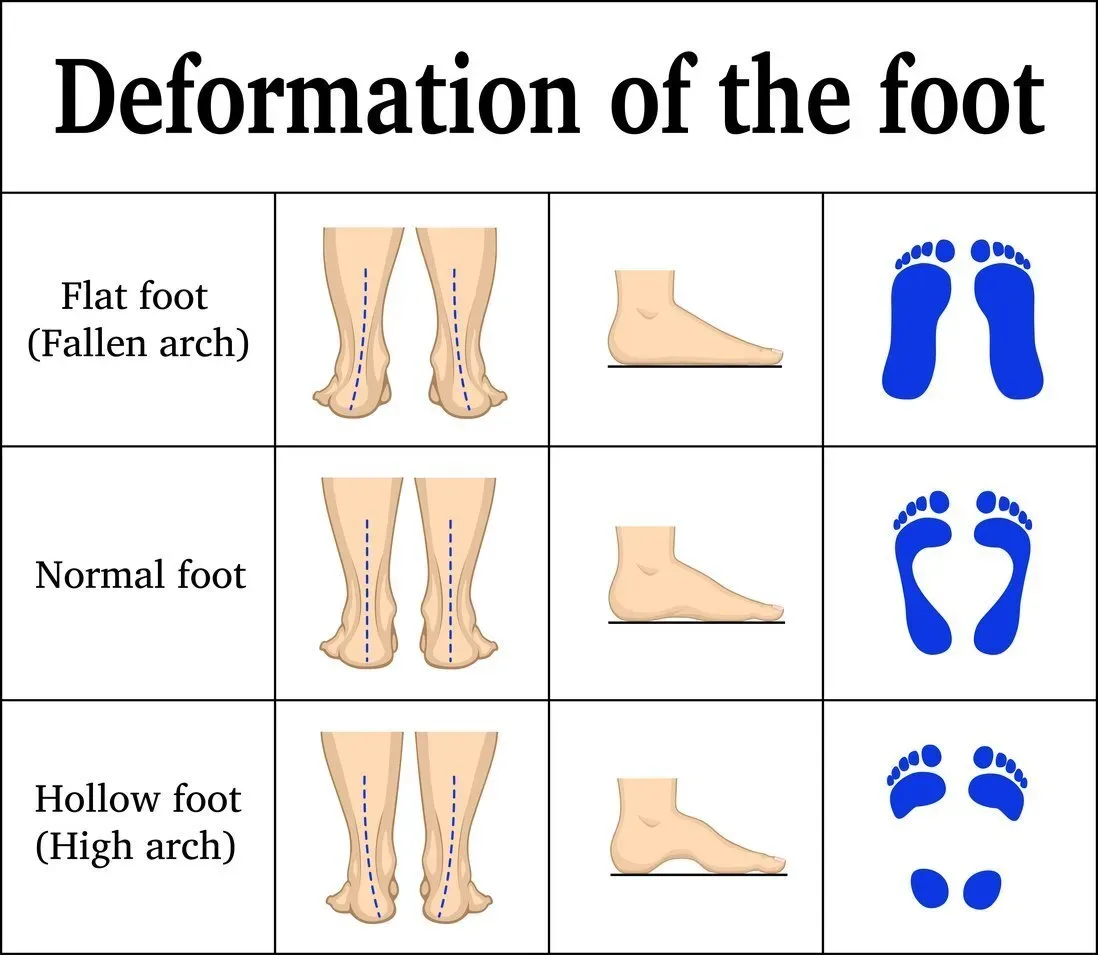
Traumatic brain injury (TBI) often results from a violent blow or jolt to the head or body, causing various physical and psychological effects.
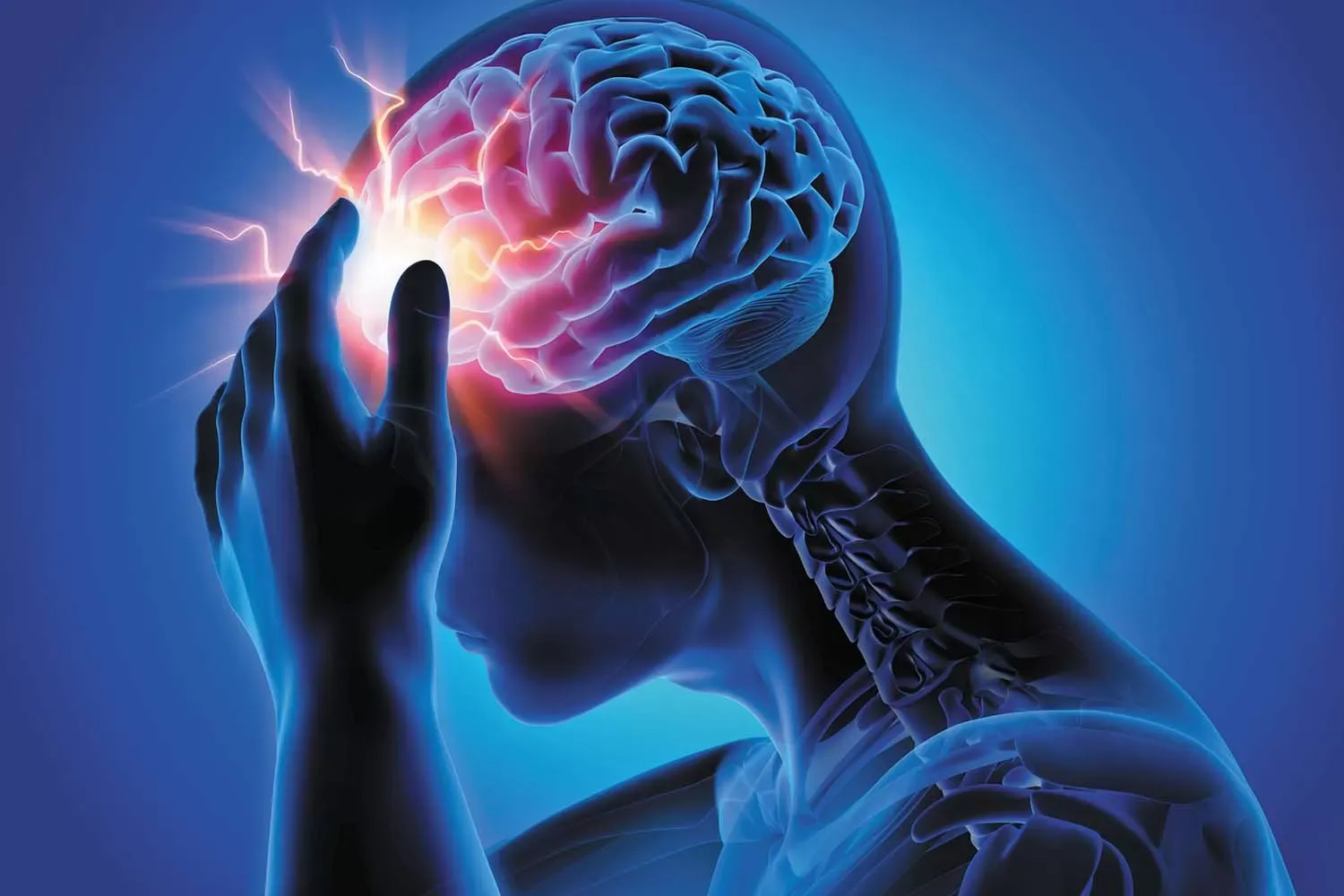
Introduction: Neck stiffness can be a discomforting and limiting condition that affects people of all ages.
